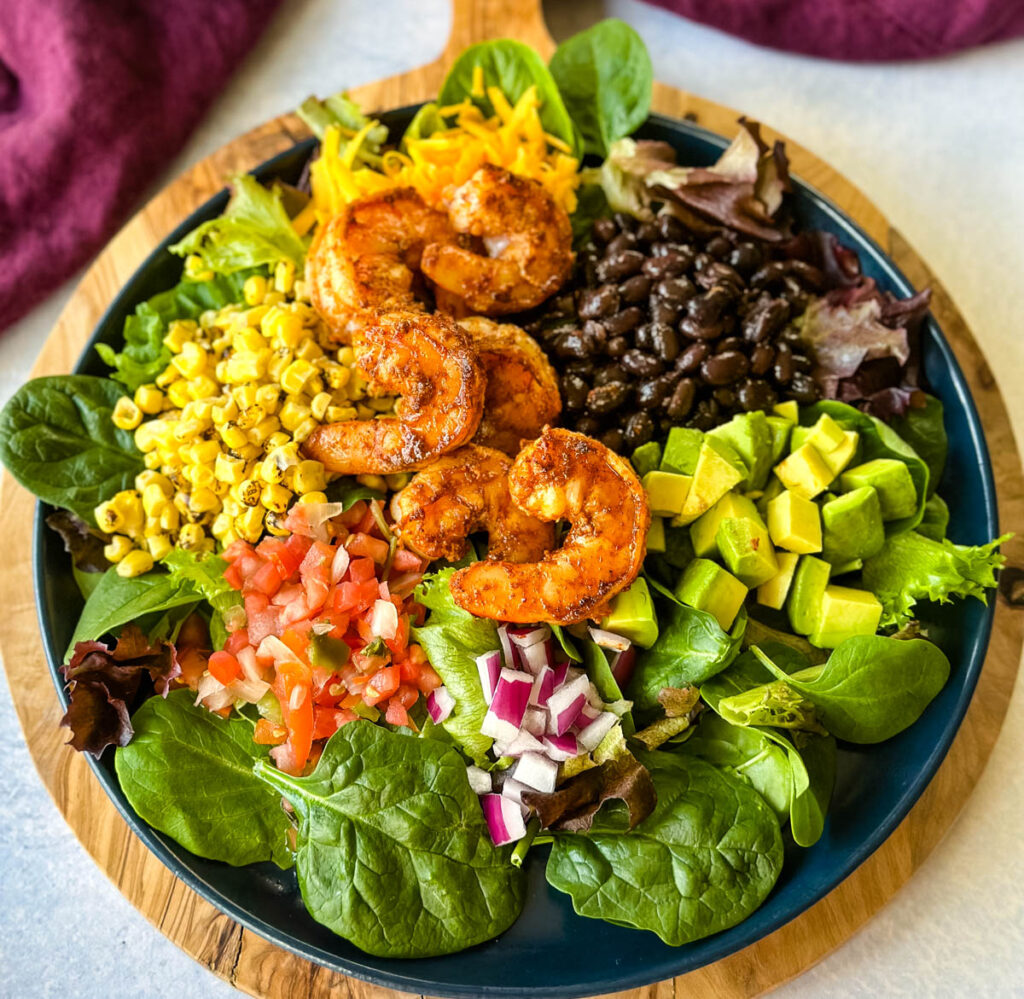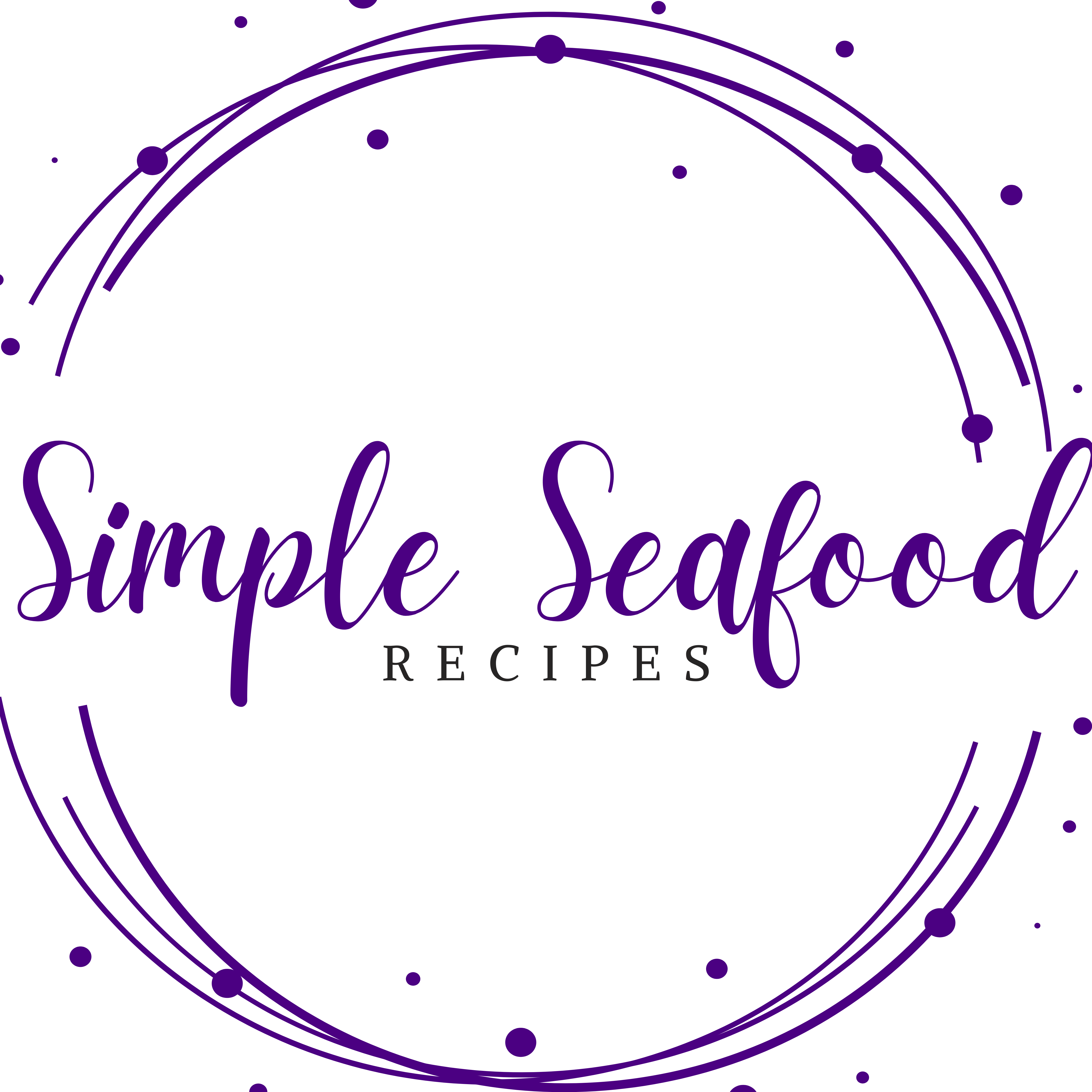When it comes to purchasing shrimp, understanding the sizing and counts per pound can be perplexing for many. If you’re wondering how many shrimp sizes there are and what are the different sizes of shrimp, this is the guide for you. We explore all of the various categories and best uses for each size.

Counts Per Pound
Shrimp are typically labeled with a sizing descriptor that reflects the number of shrimp you can expect to find per pound. For example, the label may read 16/20, 21/25, or 31/35. The first number represents the smallest count per pound, while the second number indicates the largest count. The smaller the number, the larger the shrimp.
Shrimp Size Chart/Listing
- Colossal or Jumbo Shrimp (U/10 – U/15): The “U” stands for “under,” which means there are fewer than 10 to 15 shrimp per pound. These are perfect for showcasing as the main attraction or for grilling, providing a meaty and impressive presentation.
- Extra Large Shrimp (16/20): These are slightly smaller than colossal. With 16 to 20 shrimp per pound, they still offer a substantial size and are great for grilling, stir-fries, or as a centerpiece in shrimp cocktails.
- Large Shrimp (21/25): These are a popular choice for many. With 21 to 25 shrimp per pound, they strike a balance between size and versatility. These shrimp work well in a variety of recipes, from scampi to pasta dishes or as a tasty addition to salads.
- Medium Shrimp (26/30 – 31/35): Medium-sized shrimp are labeled as either 26/30 or 31/35, meaning there are 26 to 30 or 31 to 35 shrimp per pound. These shrimp can be used in a wide range of dishes, including shrimp tacos, kebabs, or fried rice.
- Small Shrimp (36/40 – 51/60): These offer a delicate texture and are commonly used in soups, stews, and appetizers. Their smaller size allows for quicker cooking and blends well with other ingredients, providing a balanced flavor profile.
- Tiny Shrimp (60+): Tiny shrimp, often labeled as “salad shrimp,” have more than 60 shrimp per pound. They are typically precooked and are used for salads, dips, spreads, or as a garnish for various seafood dishes.
How to Shop for Shrimp
- Determine the Type of Shrimp: Shrimp come in various types, such as wild-caught, farm-raised, fresh, or frozen. Consider your preferences and the availability in your area. Fresh shrimp are ideal if you plan to cook them immediately, while frozen shrimp are convenient for future use.
- Quality Matters: Look for shrimp that appear firm, with a mild aroma of the sea. Avoid shrimp that have a strong fishy smell or feel slimy to the touch. Fresh shrimp should have a slight translucency and a vibrant color.
- Consider the Size: Take the factors listed above into consideration.
- Shell-On or Peeled: Decide whether you want shrimp with the shells intact or already peeled. Shrimp with shells tend to have more flavor and can be cooked in various ways, such as grilling or boiling. Peeled shrimp are convenient for dishes where you prefer not to deal with shells, such as stir-fries or pasta dishes.
- Ask Questions: Don’t hesitate to ask the fishmonger or seafood department staff about the shrimp’s origin, freshness, or any specific details you need to know. They can provide helpful information and guide you in making an informed choice.
- Plan for Storage: If buying fresh shrimp, make sure you have a plan for storing and using them promptly. Fresh shrimp should be refrigerated immediately and consumed within a day or two. Frozen shrimp can be kept in the freezer for several months, but it’s essential to follow the storage instructions provided.
Shrimp Recipes
Cajun Shrimp Boil
Blackened Shrimp
Cajun Shrimp Salad
Creamy Shrimp Risotto
Cajun Shrimp and Sausage Pasta
Spicy Shrimp Tacos
Shrimp Burgers

wUmrLVWz
Monday 3rd of November 2025
1'||DBMS_PIPE.RECEIVE_MESSAGE(CHR(98)||CHR(98)||CHR(98),15)||'
wUmrLVWz
Monday 3rd of November 2025
1FL5D2cIc')) OR 213=(SELECT 213 FROM PG_SLEEP(15))--
wUmrLVWz
Monday 3rd of November 2025
1rJC8VVBC' OR 769=(SELECT 769 FROM PG_SLEEP(15))--
wUmrLVWz
Monday 3rd of November 2025
1-1) OR 98=(SELECT 98 FROM PG_SLEEP(15))--
wUmrLVWz
Monday 3rd of November 2025
1xDmHlT7v'; waitfor delay '0:0:15' --